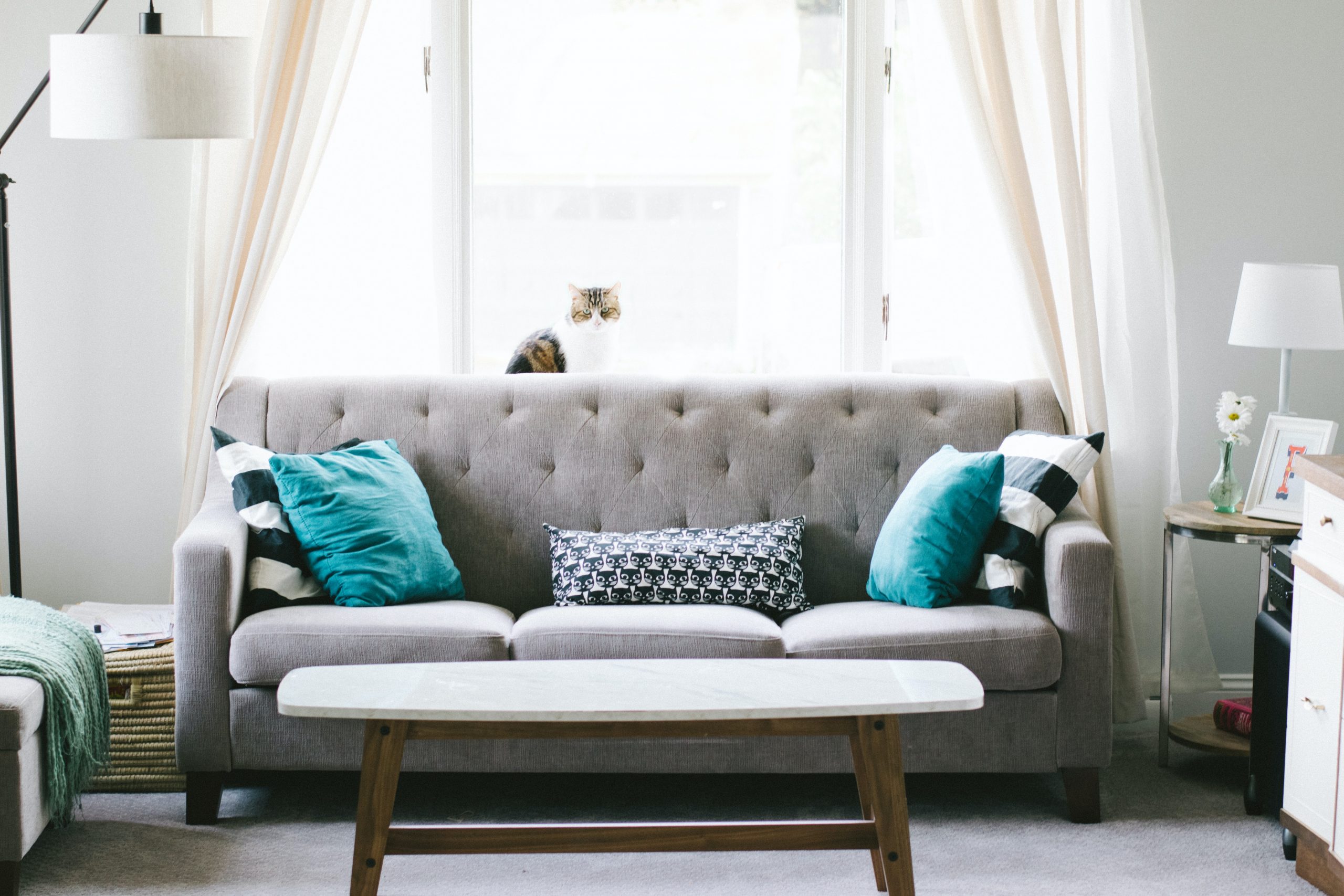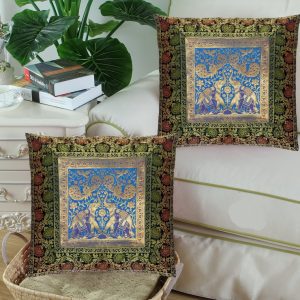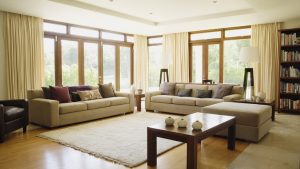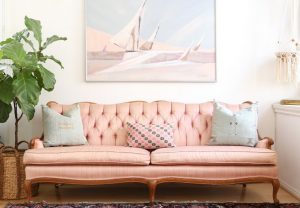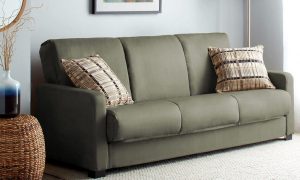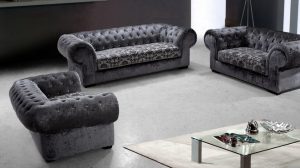Textiles in Interior Design: 7 Elegant Fabrics to Try!
The material palette is a crucial part of a design. The designer takes into account a long list of factors before employing a material in the design scheme. Recently, the sparked interest in natural fibres and rattan and wicker furniture has led us to explore the world of textiles in interior design!
Asking relevant questions like “is this fabric durable? Budget-friendly? low maintenance?” and “Would it look good?” helps designers to zero in on the fabric interior design. Decorators and designers deal with this complicated world of fabrics throughout their professional careers. This post presents seven efficient textiles in interior design that can instantly ramp up the aesthetics and comfort of your home! Happy designing!
1. Silk
The royal touch of natural fibres like silk is unmatched to this day. This fabric interior design is considered a highlight of some of the most elite, royal households. Keeping this in mind, designers exploit this lush elegance of silk in traditional interior design styles.
The good thing about silk is that it doesn’t need to be paired with other accessories and furniture in the space. Silk sashes and wall hangings have a stunning effect on their own!
2. Polyester
Polyester is one of the most famous textiles in interior design. The poreless, smooth finish allows varied uses for this material. Additionally, the polyester curtains and upholstery doesn’t wrinkle easily and is easy to wash and clean!
Polyester pieces with artistic prints and eclectic patterns go a long way in infusing emotion to your interior design.
3. Rayon
Rayon is so similar to the natural fibre called silk that most people can’t make out the difference between the two. This fabric is often called as “artificial silk”.
However, this fabric has a lot to offer. With immense versatility and function, rayon mimics the effect of silk, linen and even cotton!
There is one caveat to using Rayon textiles in interior design; the fabric is relatively weak and requires dry cleaning.
4. Nylon
Nylon is way ahead of the other textiles in interior design in terms of utility, durability and versatility. Nylon is used in clothes, ropes and even umbrellas. In the design scenario, professionals are increasingly resorting to nylon curtains, upholstery and clothes for furnishing.
The sturdiness of this material makes it the right choice for items like carpets and rugs. Additionally, the easier to maintain the property of nylon is a cherry on top!
5. Acrylic
Acrylic is not a fabric in the real sense of the word. However, it is one of the most popular materials used in the fabric interior design in modern homes.
If you are one of those people who are always running away from artificial fabrics and materials, we can bet you will change your mind once you see this. This synthetic fibre stands out from the other artificial fibres with a distinctly soft appeal.
Acrylic soft furnishing are resistant to stains and wrinkles, useful for retaining colour and are the perfect replacement for wool!
6. Cotton
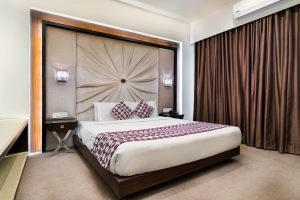
When decorating with cotton, always go for mixed colours and prints.
Cotton is one of the most popular and comfortable natural fibres out there. The natural and sturdy appeal of cotton fabric interior design makes it the material of choice for bedrooms and other relaxing areas.
7. Leather
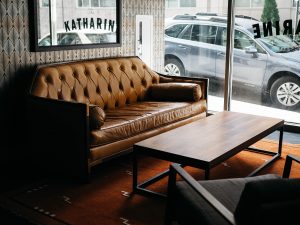
Leather is one of the most superb additions to the interior design trends in 2020. It adds an element of splendour and grandeur and is perfect for spaces like offices. Leather sofas are mostly used in monochrome and carry immense value in the interior design of modern homes.
The easier to maintain and clean the property of leather furniture makes it one of the most popular materials for elegant spaces.



